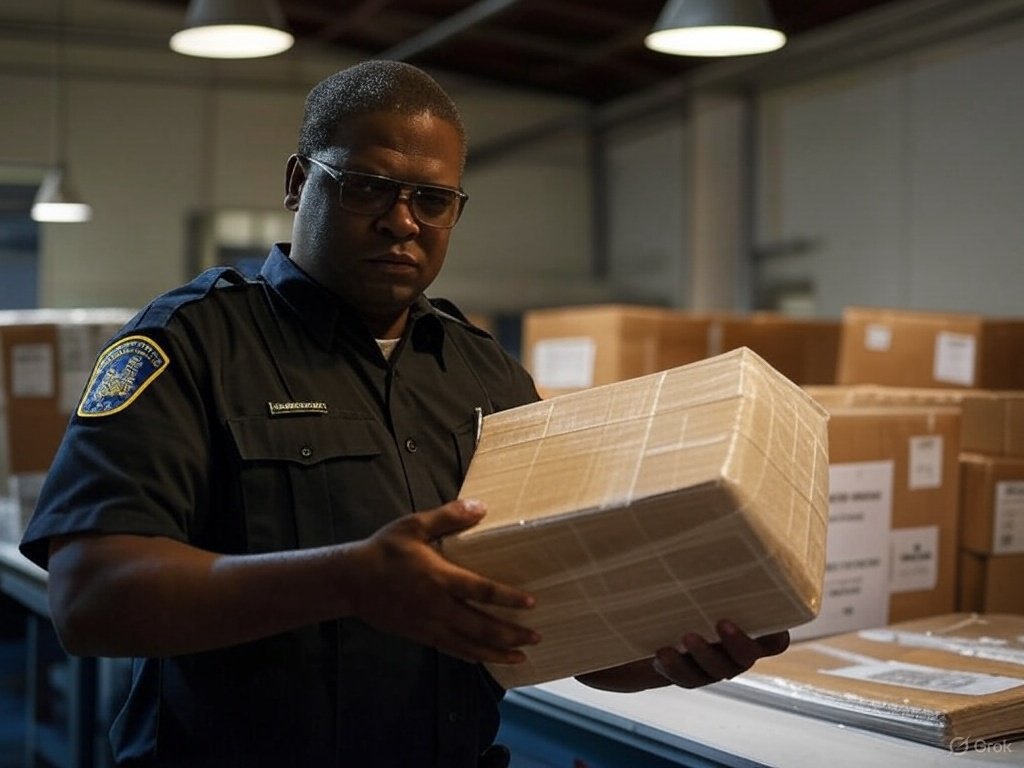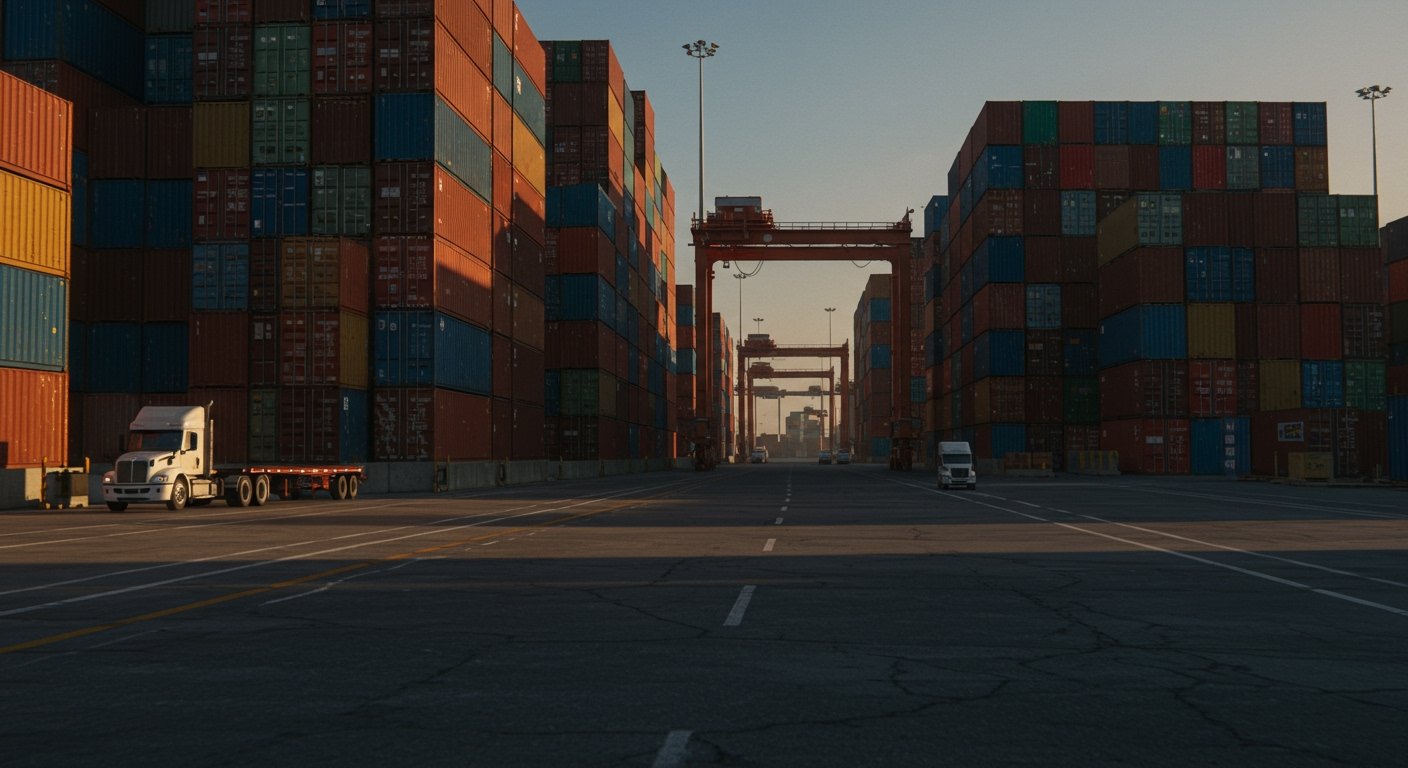Significant Drug Busts in Louisville: U.S. Customs and Border Protection Seizes 120 Pounds of Ketamine
In recent events that highlight the ongoing battle against drug trafficking, U.S. Customs and Border Protection (CBP) officers stationed in Louisville, Kentucky, have intercepted three substantial shipments of Ketamine, totaling nearly 120 pounds. These seizures occurred over a span of eight days, specifically on February 14, 19, and 21, with two shipments traced back to Belgium and the third arriving from France. All packages were destined for California and were found to have discrepancies during x-ray inspections, indicating mis-manifestation. The estimated street value of the seized Ketamine stands at an alarming $775,000.
The Vigilance of CBP Officers
LaFonda D. Sutton-Burke, the Director of Field Operations-Chicago, commented on the matter, stating, “These seizures demonstrate the vigilance and dedication of our CBP officers who are on the frontline protecting the health and safety of American citizens.” The commitment of CBP officers to employ their skills, experience, and intuition is critical in preventing dangerous substances from entering communities across the nation. This incident is a testament to the effective enforcement strategies being implemented to combat drug trafficking.
Understanding Ketamine: Uses and Abuses
Ketamine, classified as a Schedule III drug, has both legitimate medical applications and a notorious reputation for abuse. In medical settings, it is utilized to induce sedation, immobility, and pain relief, both in humans and veterinary medicine. Recently, it has gained attention in the mental health field for its potential to treat depression and other mood disorders. However, this same substance is often misused for its psychoactive effects, which can lead to devastating consequences.
Abuse of Ketamine typically occurs in nightlife environments, such as nightclubs and private parties. It is known for inducing dissociative sensations and hallucinations, making it appealing to teens and young adults looking for a recreational high. Unfortunately, the risks associated with Ketamine use are substantial. Overdose can result in severe medical issues, including:
- Nausea
- Irregular heart rate
- Muscle stiffening
- Unconsciousness
- Respiratory failure, potentially leading to death
Protecting Communities from Drug Abuse
Phil Onken, Port Director for Louisville, emphasized the importance of these seizures in safeguarding the public. He noted, “Our experienced officers continue to protect our citizens and their children. These seizures are one example of the quality enforcement work the officers do daily. We are committed to stopping the flow of illegal and dangerous drugs that are used to prey on innocent civilians.” This commitment extends beyond mere enforcement; it reflects a broader initiative to educate the public about the dangers of drug abuse and the importance of community vigilance.
The Role of CBP in National Security
CBP’s mission extends beyond drug interdiction; it encompasses the protection of public health and safety across the United States. At ports of entry, CBP officers from the Office of Field Operations screen international travelers and cargo, searching for a multitude of illicit items including narcotics, unreported currency, weapons, counterfeit goods, and prohibited agricultural products. Such thorough inspections are critical for maintaining the safety and economic vitality of the nation.
These recent seizures are part of a larger pattern of drug trafficking that poses a significant threat to American society. Law enforcement agencies, including CBP, work tirelessly to curb the influx of dangerous substances and implement measures to educate the public about the risks associated with drug use.
The Importance of Community Awareness
As incidents of drug trafficking continue to rise, it becomes increasingly essential for communities to remain aware and informed. Education plays a vital role in understanding the dangers associated with drugs like Ketamine. Parents, educators, and community leaders must work together to foster an environment where open discussions about drug use can take place. The more informed individuals are about the risks, the less likely they are to engage in drug use or allow it to permeate their communities.
Conclusion
The recent seizures of 120 pounds of Ketamine by CBP officers in Louisville serve as a stark reminder of the ongoing battle against drug trafficking in the United States. The commitment of law enforcement to protect public health and safety cannot be understated, as evidenced by the vigilance and determination of officers in intercepting dangerous substances before they can cause harm. Community awareness and education are integral to combating drug abuse and ensuring the safety of citizens. As we reflect on these events, it is essential to recognize the collaborative effort required from law enforcement, community members, and health professionals to effectively address the challenges posed by drug misuse and trafficking.






